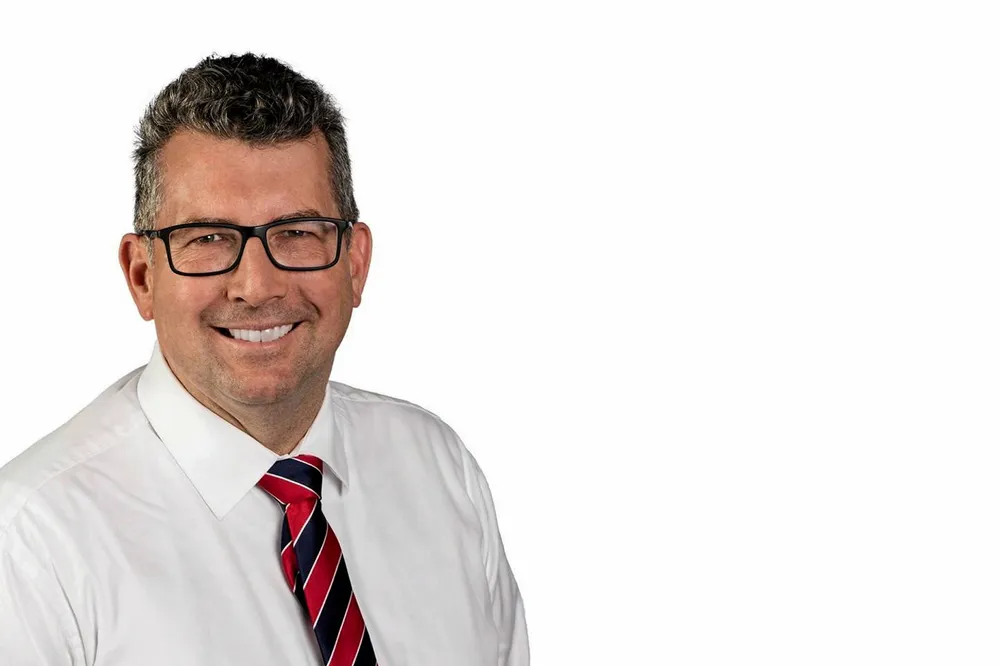Australia launches offshore acreage round aimed at exploring for greenhouse gas storage sites
The government hopes its first GHG storage acreage release since 2014 will help provide a pathway for potential carbon capture and storage projects

The government hopes its first GHG storage acreage release since 2014 will help provide a pathway for potential carbon capture and storage projects
